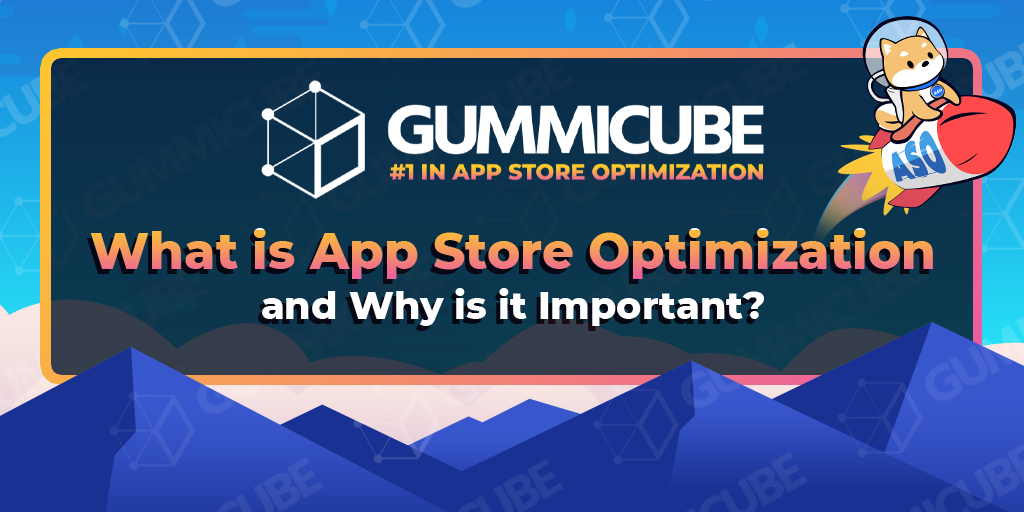Today compiled the first native Xojo app for Apple Silicon. “Hello World” is a huge step towards bringing you the ability to build your apps for Apple’s future computing platform.
Comments closedXojo Programming Blog Posts
Today we reached a major milestone in our efforts to support Android as a new platform for Xojo.
Comments closedSince I’ve been asked about this by new and current Xojo Cloud users, let’s cover some basic best practices for everyone. Don’t ping or port…
Comments closedARC4 is a symmetric encryption algorithm fast and easy to implement. Being symmetric does means that it uses the same function with the same key (varying from 40 to 2048 bits) both for cyphering and de-cyphering a block of data.
Is it the most secure or robust encryption algorithm around? Not really. But it provides a good amount of performance and you can take further steps in order to correct some of its flaws. So, continue reading if you are interested in having this one in your developer toolset implemented as a Class with separate methods to encrypt and decrypt a block of information (even if it uses the same function in both cases).
Comments closedMy own projects have #PRAGMA warning “TODO” in the App.Open event. Wherever you want a ToDo note in your code type #PRAGMA warning “Your message”.
Comments closedHang out with the Xojo team at our WWDC20 keynote watch party! It’s the first ever global, all-online WWDC and you don’t want to miss…
Comments closedApp Store Optimization (ASO) is important for app developers to gain keyword visibility, downloads and retention on the Apple App Store and Google Play Store.…
Comments closedSure you can create a Subclass of any Picture, Canvas or class and write code to center another Picture in its respective Graphics contexts. But taking the class extension approach means that you can reuse the same code for any of these (or any additional class) offering a Graphic context, so you can pass along the Picture you want to center and re-scale (if needed) in its area.
Comments closedThe Xojo Web Framework offers the WebLink class ready to use which handles showing the text with the proper visuals and the opening of the underlying URL in the browser. But if you need to have that feature on Desktop, it’s not that hard! Continue reading so I can show you one possible implementations to create your own LinkLabel class on Desktop.
Comments closedOften in our projects we need to apply some kind of validation of the user input so we get the data we are expecting. For example, getting a valid email addresses or URL. I want to share with you a couple of String Class extensions you can use to see (and conform) whether the user typed a valid email or URL, this is not a silver bullet (there are always exceptions), but it can save you some time now and in future projects.
Comments closed

